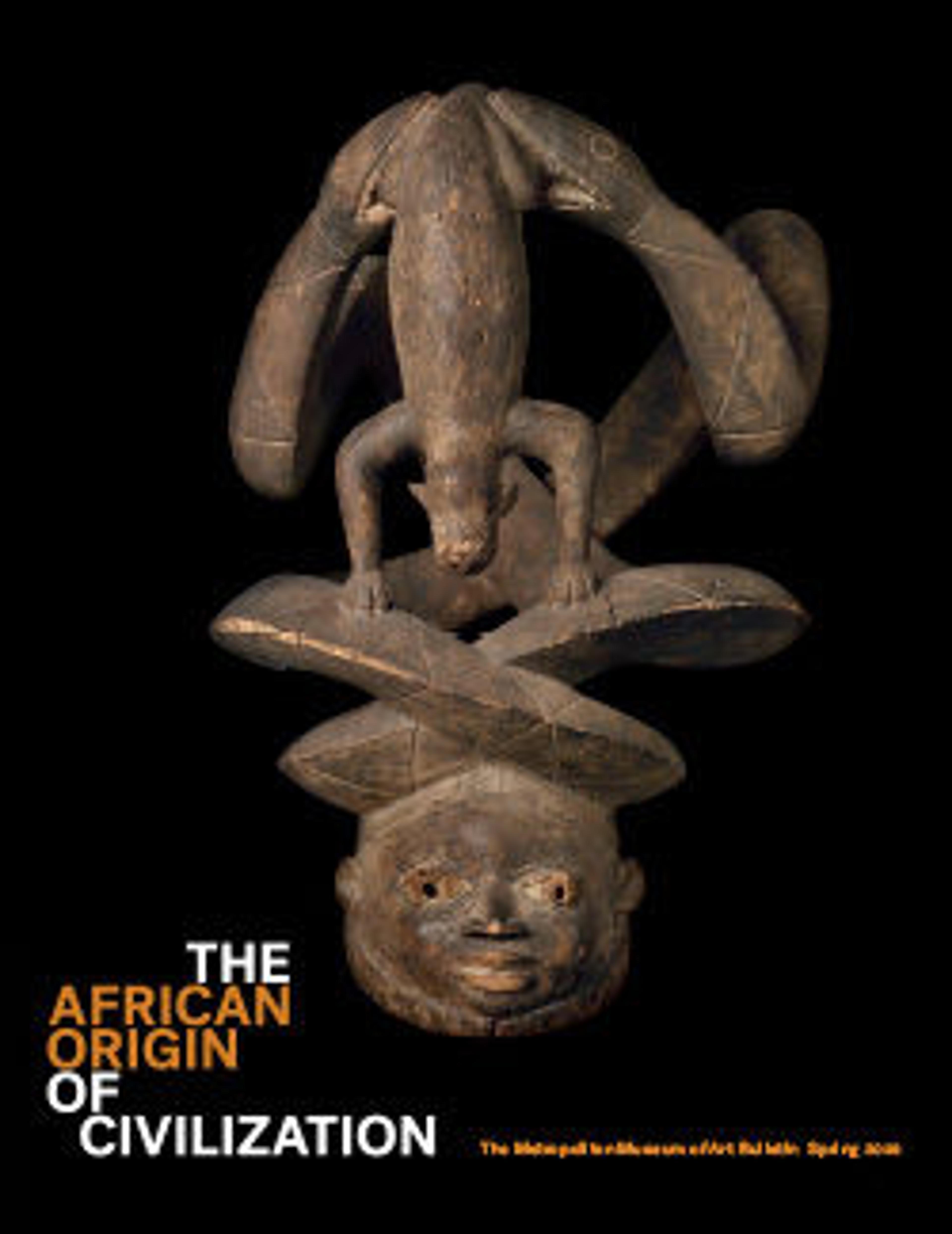Headrest of Khentika
This stone headrest was excavated in a wealthy official’s tomb. It appears to have been designed solely for use in the afterlife as its components—pillow, column, and base—were glued together instead of joined using a mortise and tenon mechanism that structured the more common wood examples. Headrests mimicked the sun (the head) rising in the horizon (the headrest’s pillow). Therefore, waking up would have been seen as rebirth for the sleeper, like the sun’s morning appearance was for the world. Many headrests show wear and have impressions from, or actual scraps of attached linen, indicating they were padded for comfort. Although pillows existed, a headrest was cooler and elevated the sleeper’s face away from the insects and scorpions that prowled in the night.
Artwork Details
- Title:Headrest of Khentika
- Period:Old Kingdom
- Dynasty:Dynasty 6
- Date:ca. 2323–2150 B.C.
- Geography:From Egypt, Memphite Region, Saqqara, Teti Pyramid Cemetery, Tomb of Khentika, Shaft B, Egyptian Antiquities Service excavations
- Medium:Travertine (Egyptian alabaster)
- Dimensions:H. 19.1 × W. 17.9 × D. 8.2 cm (7 1/2 × 7 1/16 × 3 1/4 in.)
- Credit Line:Rogers Fund, 1926
- Object Number:26.2.11
- Curatorial Department: Egyptian Art
More Artwork
Research Resources
The Met provides unparalleled resources for research and welcomes an international community of students and scholars. The Met's Open Access API is where creators and researchers can connect to the The Met collection. Open Access data and public domain images are available for unrestricted commercial and noncommercial use without permission or fee.
To request images under copyright and other restrictions, please use this Image Request form.
Feedback
We continue to research and examine historical and cultural context for objects in The Met collection. If you have comments or questions about this object record, please contact us using the form below. The Museum looks forward to receiving your comments.
